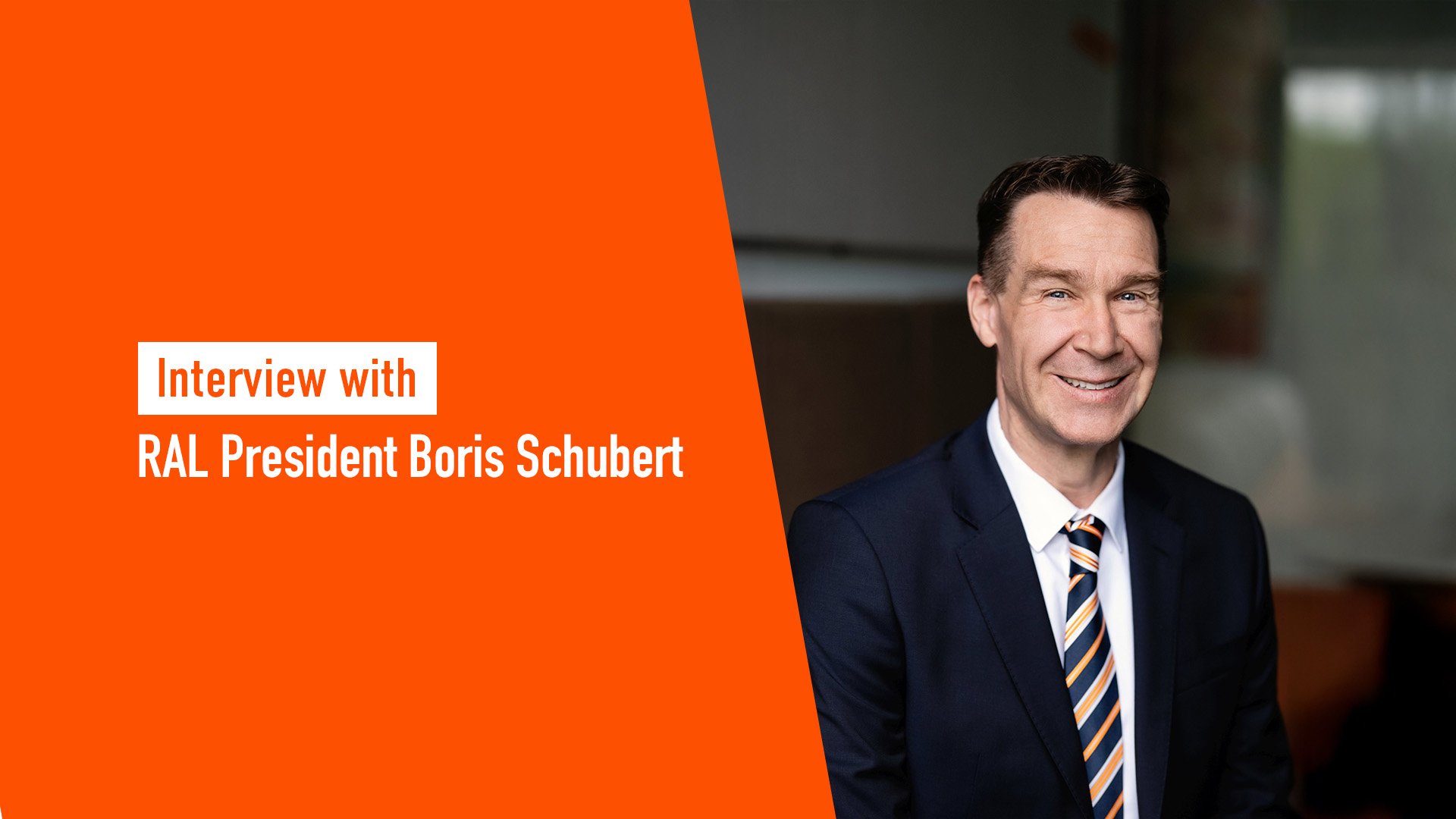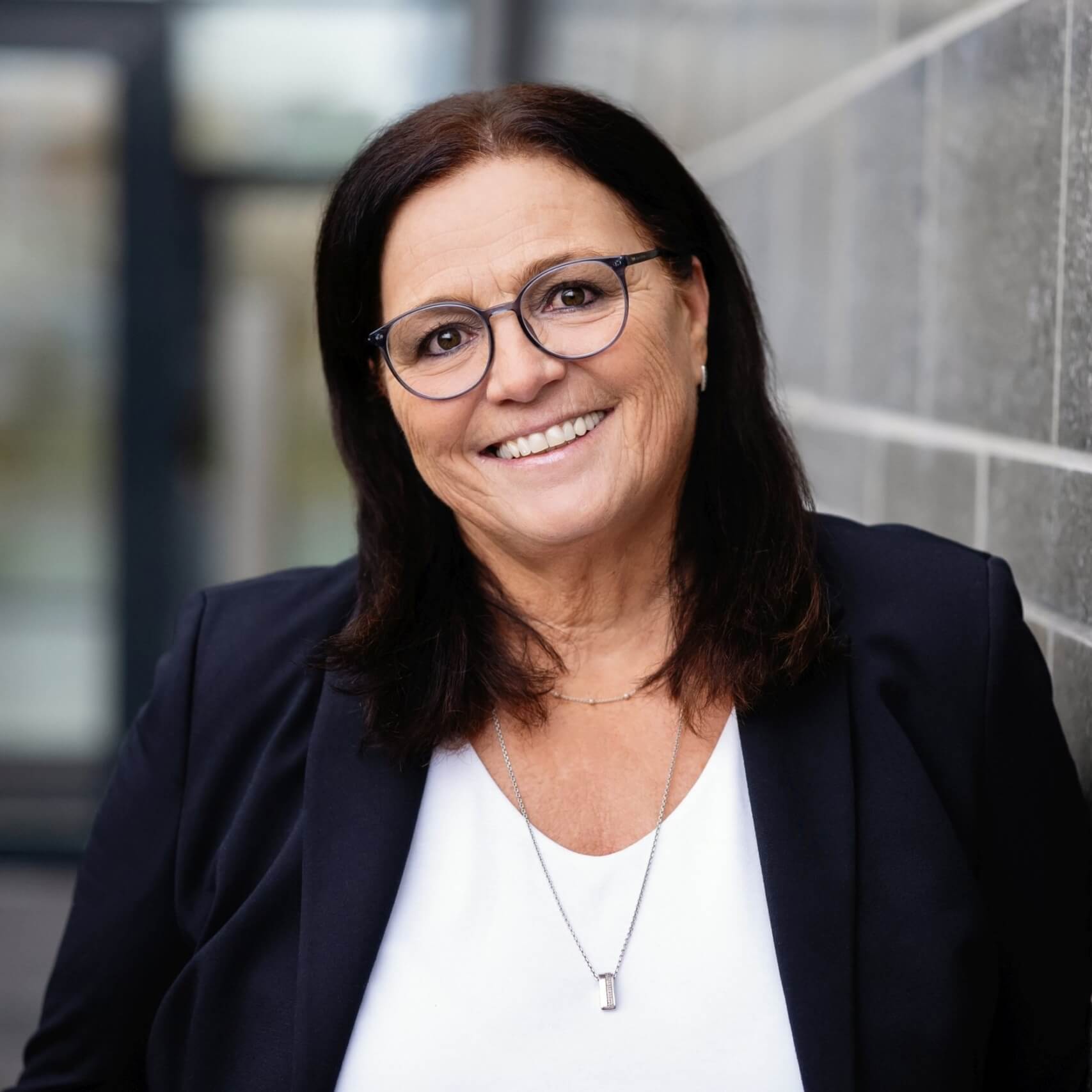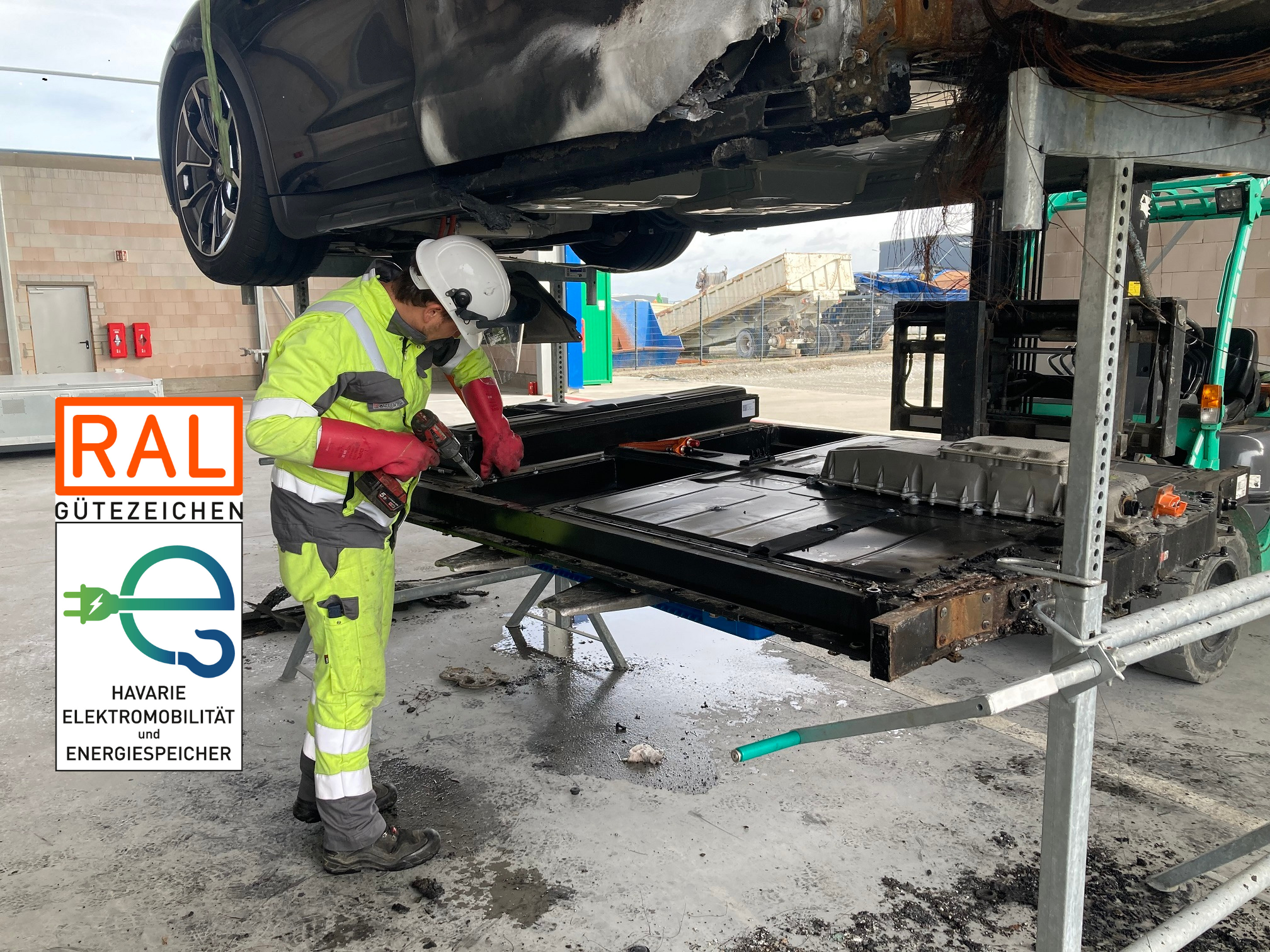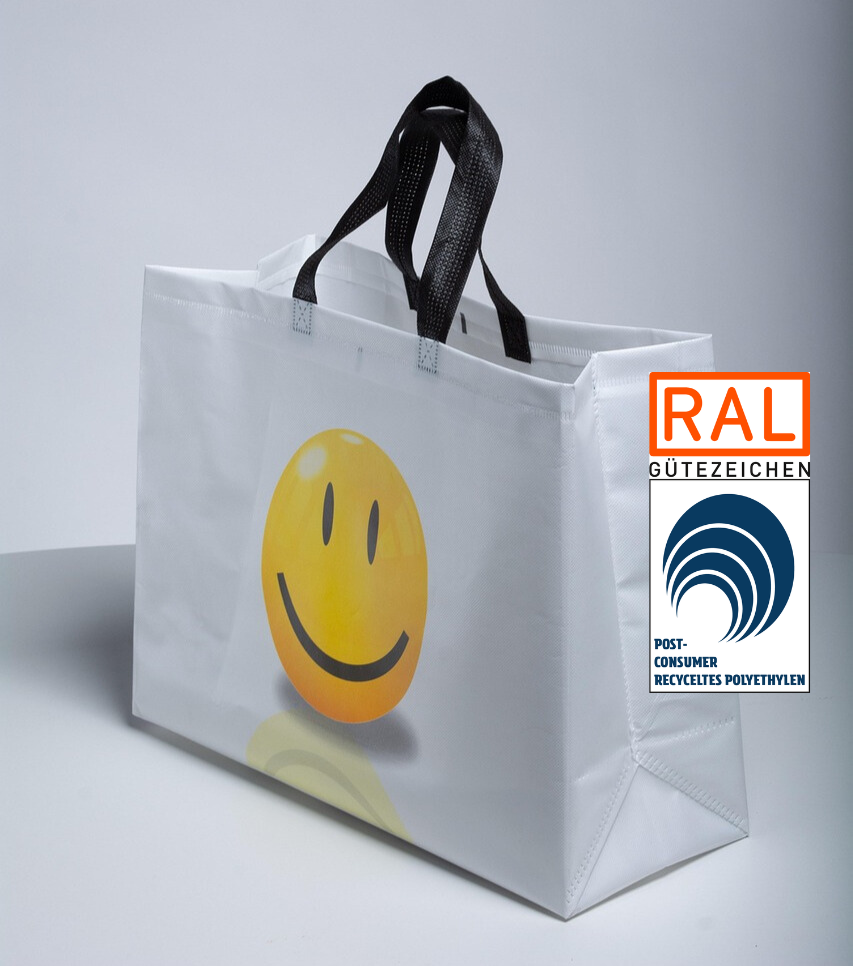Five Questions for Boris Schubert

- Mr Schubert, could you please explain what the RAL Executive Board does?
RAL Quality Marks (RAL Gütezeichen) represent a transparent, independent and strictly controlled system that provides consumers, companies, retailers and public institutions with security and confidence. In order to achieve this, a structure is required that guarantees impartiality, independence and neutrality. The RAL Executive Board forms part of this structure. Consisting of volunteer experts from various fields, such as trade associations and testing organisations, it is responsible for defining the association’s principles and long-term goals, supervising the management and ensuring that the association operates responsibly in accordance with its statutes. - What motivated you to run for RAL President, and what are your goals and ideas for the coming years of your term?
From a young age, I was involved in various clubs and societies, and later gained my first experience of working together to achieve something as a city school representative in Offenbach am Main. I have maintained this commitment for 25 years in the field of fire protection, an area which makes a significant contribution to safeguarding human life. This work also actively contributes to climate protection by preventing fires and reducing emissions and CO₂ pollution.
My candidacy, and now my election, as RAL President gives me the opportunity to combine these aspects. As a fire protection expert, I regularly speak at international events. My goal for the coming years is to raise the international profile of the RAL system. At the same time, I am eager to learn from the experiences of other countries and incorporate successful approaches into our work.
The world, its markets and supply chains are currently changing rapidly. Modern tools such as social media offer us the chance to communicate our quality and standards requirements to a global audience. This will help to make the world a safer and more sustainable place. - This year, RAL celebrated its 100th anniversary. Is the RAL Quality Mark system still relevant today?
Absolutely! The basic idea behind RAL Quality Marks – making quality transparent, creating trust, and setting standards – is still relevant today. In today’s world, with issues such as artificial intelligence, digital transformation, sustainability and resource conservation, voluntary quality instruments are becoming increasingly important. They enable companies to take responsibility, play an active role in shaping standards, and build trust among customers, partners, and society.
Furthermore, RAL Quality Marks facilitate innovation: adhering to high standards encourages the development of new materials, more efficient processes and sustainable solutions, thereby driving the industry forward as a whole. They provide orientation in complex markets while acting as a driver for progress and quality. - What do you consider to be the greatest strength of the RAL Quality Marks system?
Its reputation, reliability and neutrality are its greatest strengths. Since 1925, RAL Quality Marks have guaranteed consistent, quantifiable quality standards and transparency for consumers and retailers. Companies and associations voluntarily commit to complying with the standards. In contrast to government regulations, this self-regulation of the economy offers many advantages: rapid adaptation to new technologies, greater innovation and practical rules.
RAL Quality Marks are not a marketing promise, but an independent quality mark that inspires trust. They also make the market clearer by clearly showing which products are manufactured according to defined criteria. An additional benefit for companies is that products or services bearing a RAL Quality Mark often do not require further proof of suitability in public tenders. - You are participating in the panel discussion at the RAL Forum on the circular economy in October. What does the term ‘circular economy’ mean to you?
The term ‘circular economy’ is often associated with ‘recycling’. But there’s much more to it than that. We must learn to operate in a circular manner. We need to consider the end of a product’s life cycle from the outset of its development, to ensure that we are not living at the expense of future generations. This applies to the field of secondary raw materials, which is the focus of the RAL Forum 2025, as well as to every other facet of the circular economy. At Celsion Brandschutzsysteme, we have been developing new circular solutions for a long time, such as screw connections that allow the system to be dismantled into individual parts at the end of its life cycle.
We have also developed fire protection distributors that grow on a mushroom base, making them theoretically CO₂ negative. I am looking forward to actively participating in the RAL Forum for the first time.


